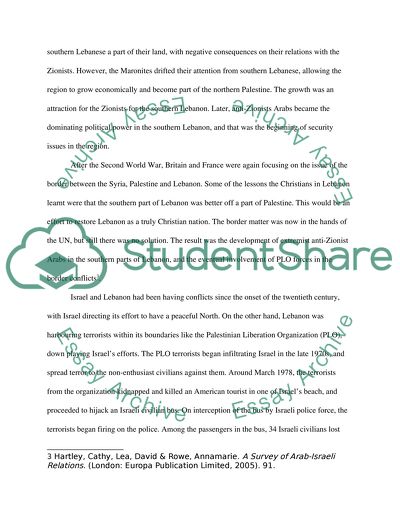Cite this document
(“Reasons for Israels Invasion to Lebanon in 1982 Essay”, n.d.)
Retrieved from https://studentshare.org/history/1393417-reasons-for-israels-invasion-to-lebanon-in-1982
Retrieved from https://studentshare.org/history/1393417-reasons-for-israels-invasion-to-lebanon-in-1982
(Reasons for Israels Invasion to Lebanon in 1982 Essay)
https://studentshare.org/history/1393417-reasons-for-israels-invasion-to-lebanon-in-1982.
https://studentshare.org/history/1393417-reasons-for-israels-invasion-to-lebanon-in-1982.
“Reasons for Israels Invasion to Lebanon in 1982 Essay”, n.d. https://studentshare.org/history/1393417-reasons-for-israels-invasion-to-lebanon-in-1982.


